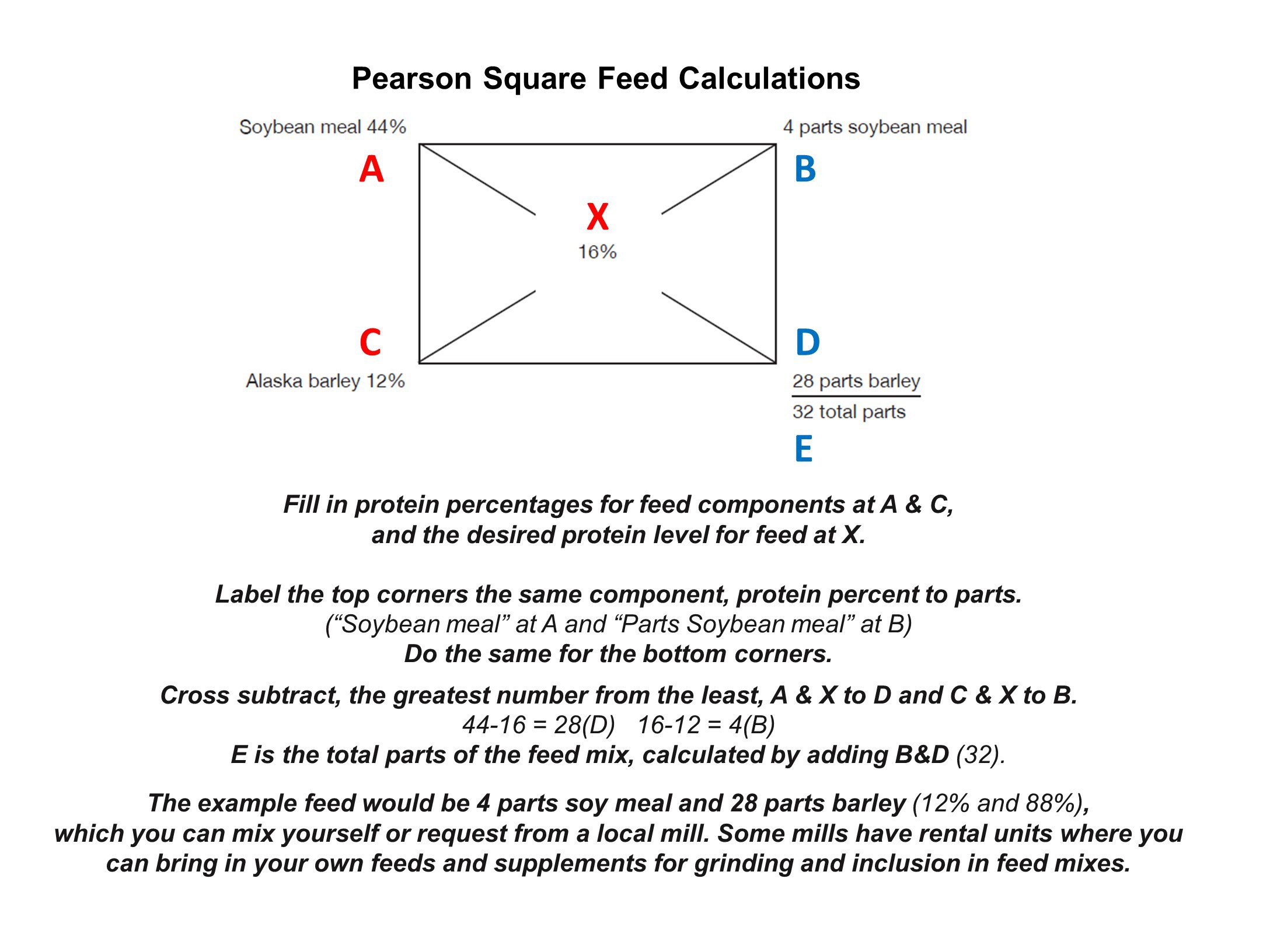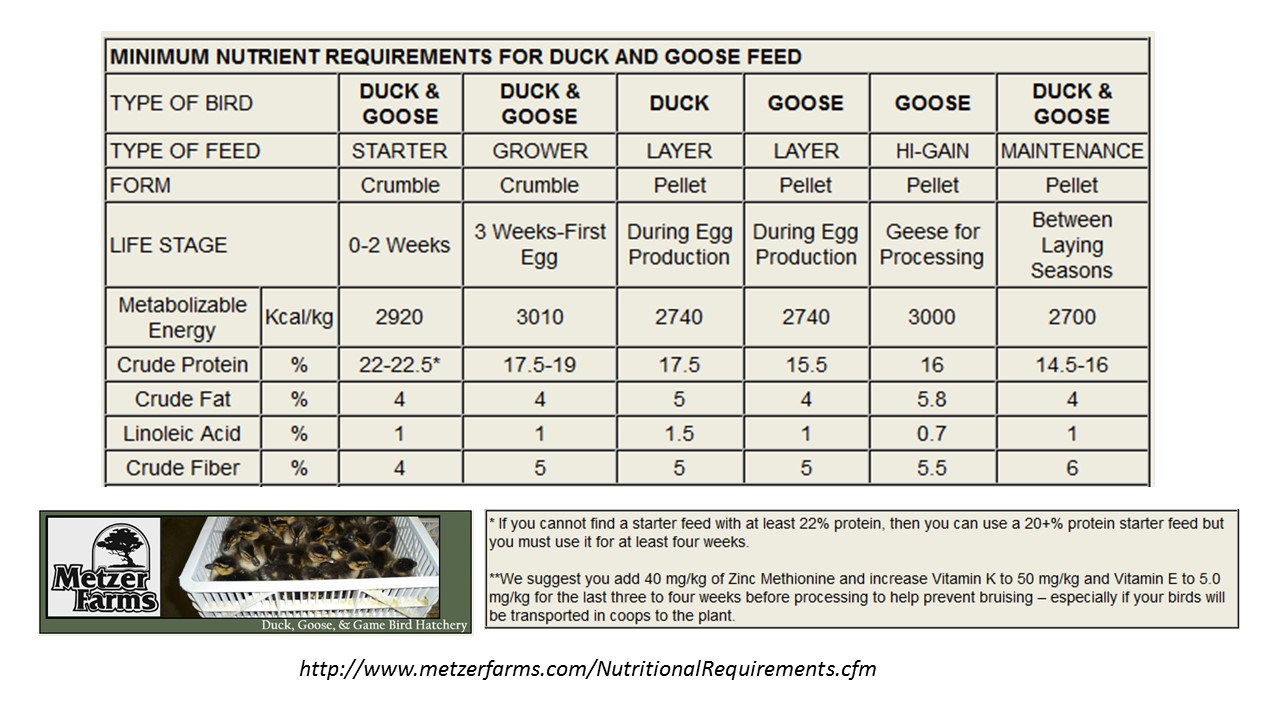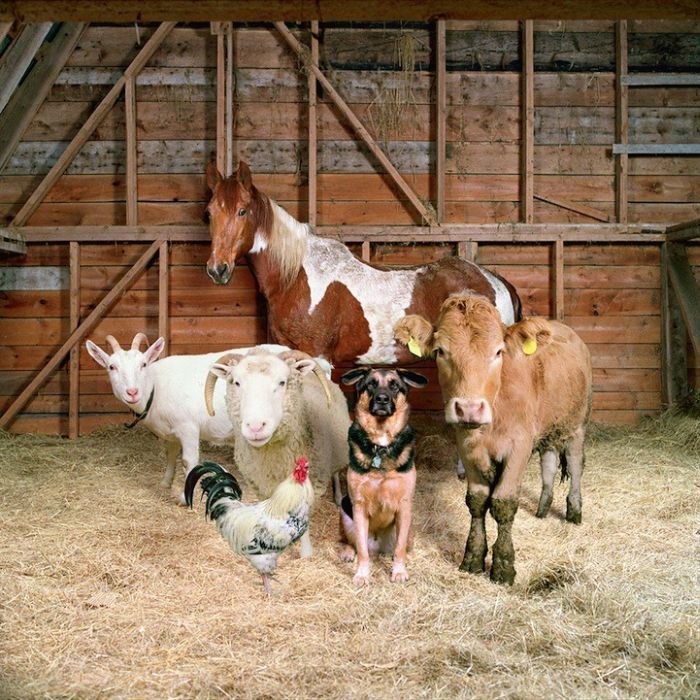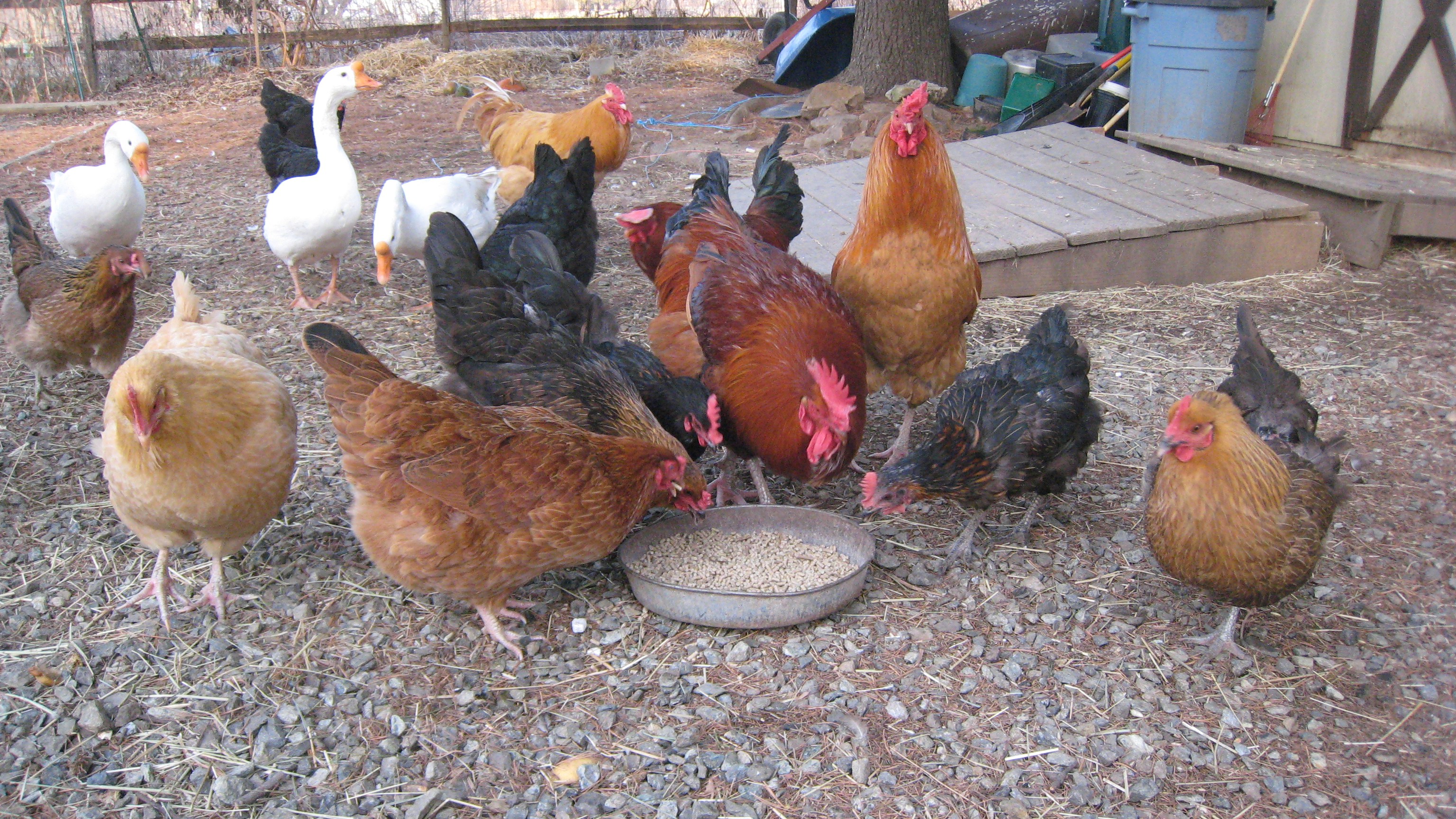
Figuring out Feed – Creating healthy ratios for sustainable livestock
Continuing in the saga of feeding our livestock from our own area – or just cutting some of the feed costs and stocking we have to do – we land on the task of figuring out exactly what and how much of which feeds to give our animals. Just like humans, livestock has varying needs, and the needs change as they go through their life stages. There are three main components to feeding anything: mass – getting bellies full (because hangry livestock leave their enclosures more and are less pleasant to handle), getting the right amount of calories, and nutrient breakdown. One of the most common nutritional components that come up is protein. Calculating a feed mix and protein are things I’ll point out this time around. Charts and articles are pretty easy to come by for how much mass various livestock needs, and the amount and quality of forage livestock is given is so variable, I’m not touching on that one right now.
Calculating livestock feed
There’s a really handy tool called a Pearson Square that can help when we decide to feed livestock. Basically, it allows you to reach your desired total protein percentage using sets of known feeds.
Say I want a 22% protein feed mix for young game birds using my own duckweed and commercial milo.
I draw a square with my target protein percentage in the middle, and starting on the left, put the protein ratio of my feeds at the top and bottom (duckweed – 50% protein; milo – 9% protein). I subtract diagonally: 50% minus 22%, bottom right = 28; 22% – 9%, top right = 13. The numbers give me the parts per total of my feed components – which are read across, not diagonally. In this case, it would be 28 parts milo to 13 parts duckweed, 41 parts total.
“Parts” is like saying cups, gallons, pounds, bushels – whatever. It’s a ratio, like cuppa-cuppa-cuppa cobbler – each cup being one part. (1 cup each sugar, flour, and milk; 1 stick melted butter; mix in bottom of pan/dish; pour 2-4 pints or cans of pie filling, preserves or partly drained canned fruit over it; bake 45-60 minutes at 350 degrees F; add heavy or whipped or clotted cream as desired; nom-nom away.) Your chicken or goat cobbler just isn’t always “1”, sometimes it’s 5 and sometimes it’s 35 – just depends on what your ingredients are.
I can reduce that and ballpark it if I want to. The example is 31.71% duckweed (13 divided by 41) and 68.29% milo for Mix 1. I can call that one-third and two-thirds and be pretty darn happy.
Pearson Squares can be used to calculate individual species and animal needs from the same base feeds available in your area, or can be used to decide how much of a supplement to grow compared to a main feed source.
To do multi-feed calculations, you create your first mix, then a second mix, and use those and their total protein counts as the components of a third square. There’s an example of working through that below the simple square here, and examples of figuring out total percentages of the mixes here: https://courses.ecampus.oregonstate.edu/ans312/six/ration_4.htm
Image/Chart(s): The amount of protein needed at various life stages, purpose, and species can vary significantly – geese and ducks and chickens have similar needs as starters and layers, but finishing meat birds and maintenance-weight waterfowl and game bird breeding stock have almost double the needs of meat chickens and roosters.
You can also create multiple Pearson squares using pairs of available feeds you’d like to mix and your target protein, then add them and their various parts to create a very large total parts:
(B+D from mix 1) + (G+H from mix 2) + (K+L from mix 3) = M-the total parts of the feed mix
It could be 4 parts, 16 parts, 9 parts, 28 parts, 11 parts, and 22 parts for a mix with 90 parts to get a total protein (X-center of all 3 squares).
Happily, there are automatic plug-in-the-numbers calculators online for a Pearson’s square.
Colorado State has some nice pubs with livestock feed options, breakdowns of needs, calculation examples, Pearson’s square worksheet, and conversions. If livestock keeping is a topic of interest, both are worth reading and possibly printing out:
When we start talking about tree and shrub fodders and alternative feeds like wigglers and black soldier fly larvae, it can get a little more difficult, although some of the calculators are catching up with duckweed and fish and insects. You can get additional information about the protein content of various possible feed components from here.
Additional information for ducks – written for pets, but nice breakdown by age and by percent of feed and nutritional needs – is available here.
Protein
There’s a reason the feed calculators and so much of the data about various feeds talks about protein – protein is important. Protein is where we get our amino acids that make up enzymes (which perform every single function in our bodies). Protein is the building block of muscle. It’s not only how we grow, it’s how we repair damaged tissue and rebuild tissue from work/labor (like walking around a pasture, chewing cud, or climbing out of our pasture).
Many of our homestead animals are pure vegetarians, requiring foliage-based proteins.
Protein becomes a major talking point, because our livestock are largely vegans, with a few vegetarians and omnivores thrown in there. Our livestock has largely been refined and refined over and over to produce critters that bulk up at rates our ancestors even fifty and a hundred years ago would have taken as witchcraft. To do that, though, to put all that protein into eggs, into milk, and into muscles we’re going to eat (or feed our other critters), they have to be consuming higher rates of protein than ever before in history.
Protein is also where our feed costs are typically highest, especially animal-based proteins instead of plant-based proteins. If we can produce even some of our own protein, we can start reducing our dependency and costs.
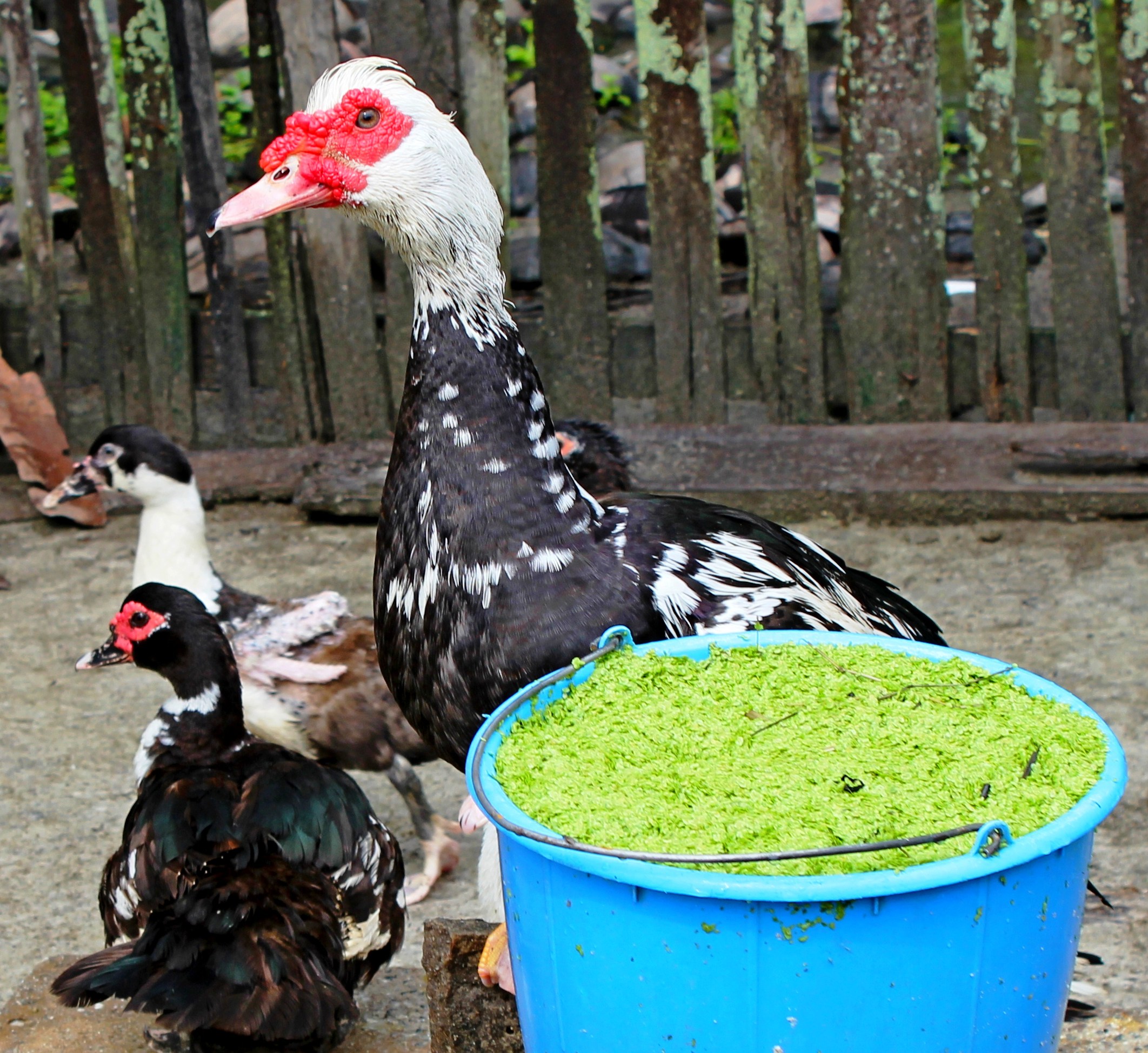
Images: The ability to produce some of our livestock’s protein needs using something that grows and recovers quickly and is easy to grow from animal wastes like duckweed that any livestock and even dogs can safely consume can reduce feed costs and feed store reliance.
That’s somewhere else where the nice Pearson Calculator comes into play.
Say I’m not ready to cut the cords yet, but I’d like to start making some headway. I can take my base raise-out or maintenance feed for either, and use it as a “grain” with it’s 12-16% protein content, then plug-in my desired protein supplement.
Conversely, I can get my really good layer or baby game bird feed, and instead of wasting money feeding it to birds that need 14-20% protein instead of 22-25% protein, I can use a Pearson square to figure out how to cut it with my own home-raised grasses, grains, and veggie crops to get livestock exactly the portions they need and increase my feed-cost efficiency.
Running those squares and applying general rules of thumb and guidelines by species can also help tell me how many minnows, pounds of duckweed, and bushels of barley I want to produce to decrease my feed store reliance. Doing so can help me figure out how much growing space I need for feed components instead of just winging it.
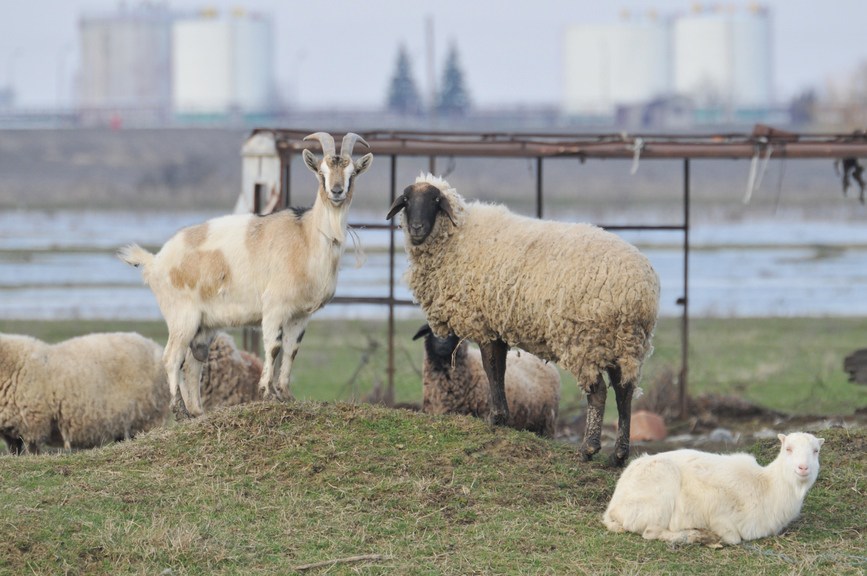
Images – Protein needs change by species, life stage, age, and purpose.
Different species need different amounts of protein in their diet, and at different life stages protein needs change again.
Pregnant and lactating females, laying females, “dry” dairy or breeding animals or birds in non-laying states, molt, and young birds at varying stages all need differing percentages of protein. There’s always some wiggle room, and especially in the cases of birds and dairy animals, the forage quality, time on forage, and forage space and competition can make a big difference in what they need to have provided and what they can get for themselves.
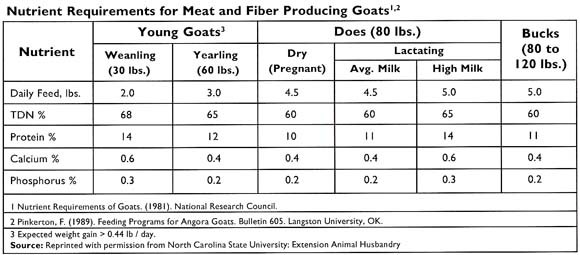
Charts: Goat and rabbit bucks have similar total protein needs, but lactating hares have much higher needs than nursing and milking goats.
Some quick-fire rules of thumb for feed to go with the info-chart overload:
- Game birds need more than chickens at almost every stage (turkeys, ducks, guineas, geese, quail – even domestic lines) and many won’t eat the same leafy vegetation that chickens and even grazing geese will, so alternative sources or milled/mash feeds have to be provided
- Too much protein creates donkeys that are headstrong and wily, and can actually make them sick, cause hoof problems, and kill them
- You really are what you eat, and any beekeeper or duck or bear hunter can testify to it: Eggs and meat will change flavor and richness based on their feed source, especially the protein sources for omnivores
- Just buying a game bird laying or chick mix with super high protein amounts and heaving it to all the fowl is wasting money, even more so if that poultry has forage areas or garden supplements like slug boards that are already covering some of their needs for *free*
- What we ask of an animal (production, yield, labor, effort in feeding) affects how much they need fed and how much protein and calcium they require for health; a growing-out steer and a milking nanny need a lot more than a weight-maintenance stud or a just-bred or dry-phase doe
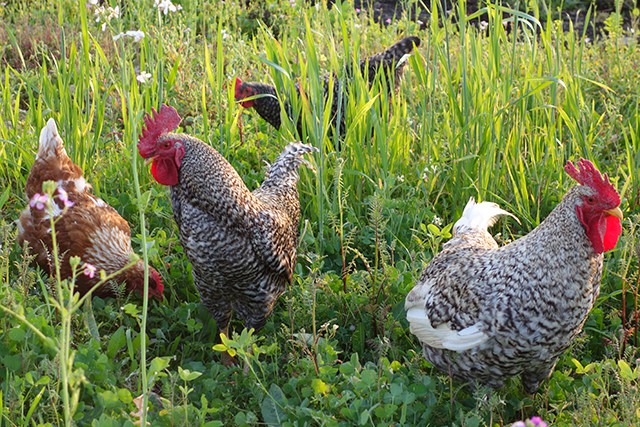
The amount of good, high-quality forage our livestock has access to changes the amounts and types of feeds and supplements they require from us. Providing livestock with species-specific areas like high forages for goats and flower-and-insect-rich pastures and woods-edge habitat for poultry can also decrease the chances of illnesses that prevent them from making use of provided feeds.
Go ahead and capture and print or save to our favorite low-energy EMP-proof device some of the charts of both needs and protein components. Find the ones that apply to calcium as well, because that’s a biggie, too. Do it for all the domestic stock, not just those you have or are considering, so that the information is already on hand.
Having that information when the internet and feed bags are no longer available may help you turn your algae-and-microbe clogged pond into a resource for barter, or just help keep some of the livestock in your area trucking through. The more genetic possibilities we have with livestock, the longer we can keep operations going.
Pearson Squares are designed for protein, but they can be used to calculate any nutritional value based off forage or milled feeds, to include calcium and fiber percentages for each type of livestock.
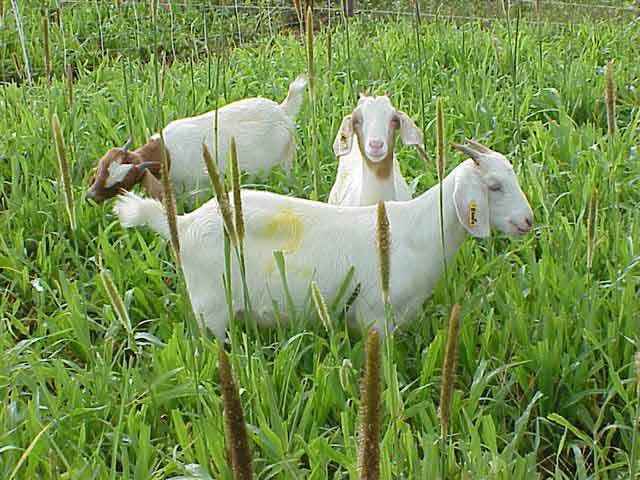
Pearson Square & Protein
There are charts and articles and references for just about any type of domestic stock’s protein needs. They do have other needs. Calcium is a big one, and it doesn’t always get its due outside laying hens. However, protein makes up an enormous part of the success in raising animals, especially active animals, breeding dams, layers, and meat or dual-purpose breeds. Since it’s also the higher-cost element in a lot of feeds, it seemed worth addressing and providing some references for DIY protein components.
The Pearson square is built for proteins, but along with the ability to twist it from a vegan like a horse, donkey or goat, or omnivores like ducks, pigs and chickens, over to dogs and cats, we can also use that square for other feed measures – any vitamin, calories, raw fiber. We can also move the unknowns around to X, A or C, as well, to find what percentages of a component like protein we do need, or what a total percent would end up as. Really, we can use it to help us any time we have two components with measurable qualities, but we’ll stick to feed for a while.
It can be a pretty handy tool if we choose to manipulate it. Or we can stick with downloading the app for a phone or plugging in numbers on a computer to just figure out a protein supplement for our bagged feeds, or mixing our own two-ingredient or series of mixed feeds from scratch.


